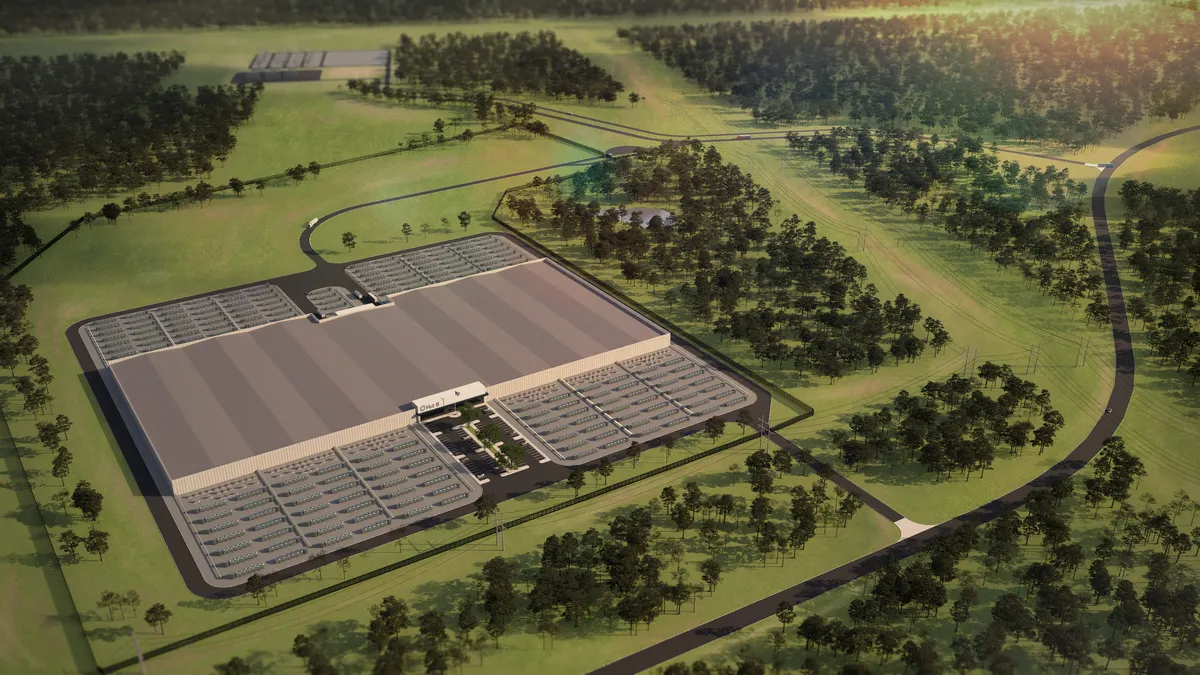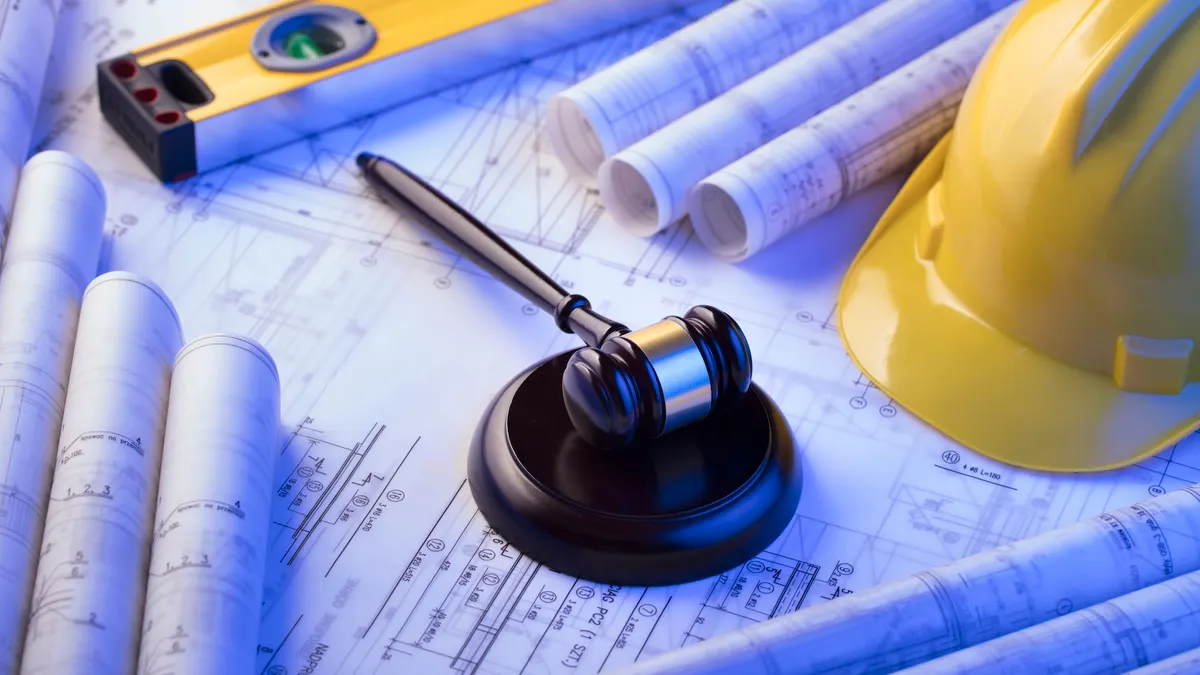Computer chips, semiconductors, nanotubes, pacemakers, prescription medication. What do all of these have in common? These products, along with many others, must be manufactured in an environment with as few contaminants as possible. Those spaces are called clean rooms.
The level of "clean" in clean rooms depends on how many pollutants are in the air, as well as their size. This is measured as particles per cubic meter for certain particulate sizes. The most sensitive operations limit particles to the few and the small. These levels are classified by International Organization for Standardization (ISO) categories of ISO 1 through ISO 9, with ISO 1 being the "cleanest." Clean rooms are also classified according to Federal Standard 209E, which uses a class category of 1 to 100,000.
For example, the Nanoscience Institute for Medical and Engineering Technology (NIMET) at the University of Florida, in Gainesville, FL, uses class 100 and class 1,000 clean rooms in its Nanoscale Research Facility. There, researchers apply the latest nanoscale technology to various disciplines like food and agricultural sciences, engineering and medicine.
The ISO 1 category is the most stringent and allows for a maximum of 10 particles each measuring 0.1 microns in diameter per cubic meter of air. In comparison, standard city air has up to 35,000,000 particles per cubic meter of air, which corresponds with the most relaxed clean standard of ISO 9. A strand of hair is about 60 microns to 120 microns in diameter.
As a result, the goal for clean room design and construction is to deliver a space that will keep the particulate count at such a level as to allow the client to perform the manufacturing or research required and have confidence that the air will remain clean.
Communication is key
The first step in building such an environment, said Matthew Strong, president of Dallas-based C1S Group, is to build a good relationship with the owner. "We rely heavily on the owner and try to extract from them what they need in their clean room," he said. "From that, we develop a space plan."
Strong said the design includes not only the "box" that makes up the clean room but also the surrounding infrastructure needed to run the tools in the room and keep the space as sterile as required. That could include process cooling equipment, water and air filtration, chemical and gas supplies, air scrubbers, chillers, thermal oxidizers and HEPA filters that, he said, can eliminate 99.99% of air particles as they constantly refresh the air supply inside the clean room box.
Effluent decontamination systems (more commonly known as kill tanks) and filters that keep contaminants from reaching the public are also required.
"You can think of [the clean room] as a box inside the box of tools that requires special conditions to operate," he said.
C1S Group counts Johnson & Johnson, Frito-Lay and Raytheon among its clean room clients. The company not only designs and builds clean room facilities but it also assists in preliminary development. It assesses the client's needs and tries to help them determine costs beforehand. For example, a $1 million clean room typically has at least $10 million to $15 million in associated equipment. Strong said if these early numbers are out of line with the owner's budget, a redesign is often in order.
Staying on budget requires soliciting input and early bids from key subcontractors.
Daniel Joseph, project manager at McCarthy Building Companies, which also works with subcontractors and the owner early on, compared the process to an informal integrated project delivery (IPD) system.
McCarthy's design-phase services group help teams establish the project goal. That translates into developing accurate estimates and purchasing strategies, as well as gauging constructability, Joseph said. The owner defines how involved McCarthy will be, but teamwork early on means all the major players have a vested interest — just like IPD, but without the formal contract. "You can do that if you have the right team involved," Joseph said.
According to Strong, part of C1S's clean room strategy is to build to a stricter ISO classification than the owner requires. That allows the design to accommodate more particulates after the equipment is installed and air starts flowing through the space.
Educating trades
As far as construction is concerned, Joseph said crew members' "muscle memory" takes some time to adjust to the process of building a clean room. McCarthy has a short training program that educates workers about the product or research that will be taking place in the completed space; it also lets them know about the ramifications of not following clean procedures, such as the costly contamination of expensive clean room equipment.
"If you show them the outcome, they’ll buy into doing it right, especially if you lay it out in simple steps," Joseph said.
The human element, however, poses the greatest challenge to clean room construction and operations. The vibrations caused by people walking across the floor and the natural shedding of skin cells are a constant threat to sterility, said Robert Skolozdra, an architect at Svigals + Partners, in New Haven, CT. That is one reason robotics and automated processes are increasingly included in clean room design. "The less human interaction the better," he said, adding that humans will always be necessary to oversee operations and adjust tools for the production of different materials.
Robotics also practically eliminate human error in the production process. "Robots [can] do the same task every single time in the exact same way," Joseph said. "Humans get tired and [develop] a slower reaction time." Human output may vary from day to day, but robots have a better performance rate, he said.
And as technology advances, Joseph said, the tasks robots can do will become more specialized and delicate.
"It used to be hard to get a robot to run a #2 screw into a hole because it is so fine and [the process] was difficult to program," he said. Now, robots are able to manipulate items at the width or length of 5 nanometers, which is a little more than twice the width of a DNA strand. "Their ability to manipulate smaller parts will only get better and better."




















